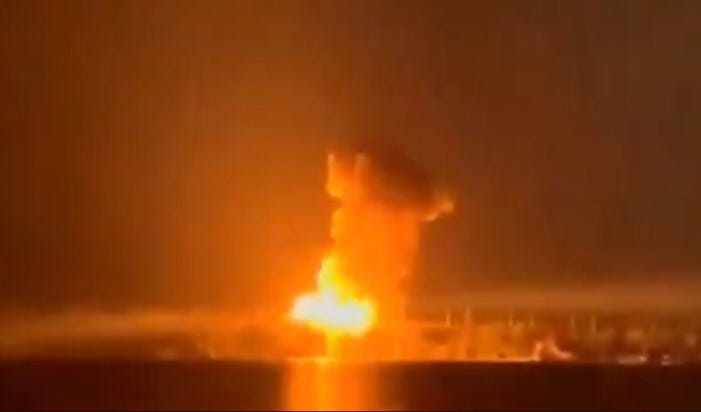Ukraine Has An Attrition Strategy of Their Own in Crimea and Kherson
An epic Russian defeat looms
Using precision long-range weapons, Ukraine has trapped a Russian army on the northern bank of the Dnipro and cut their logistical lifelines crossing that river. Footage of one strike shows secondary explosions along the Antonivsky Bridge (see above screengrab; video is embedded below). There are reports that a supply col…



